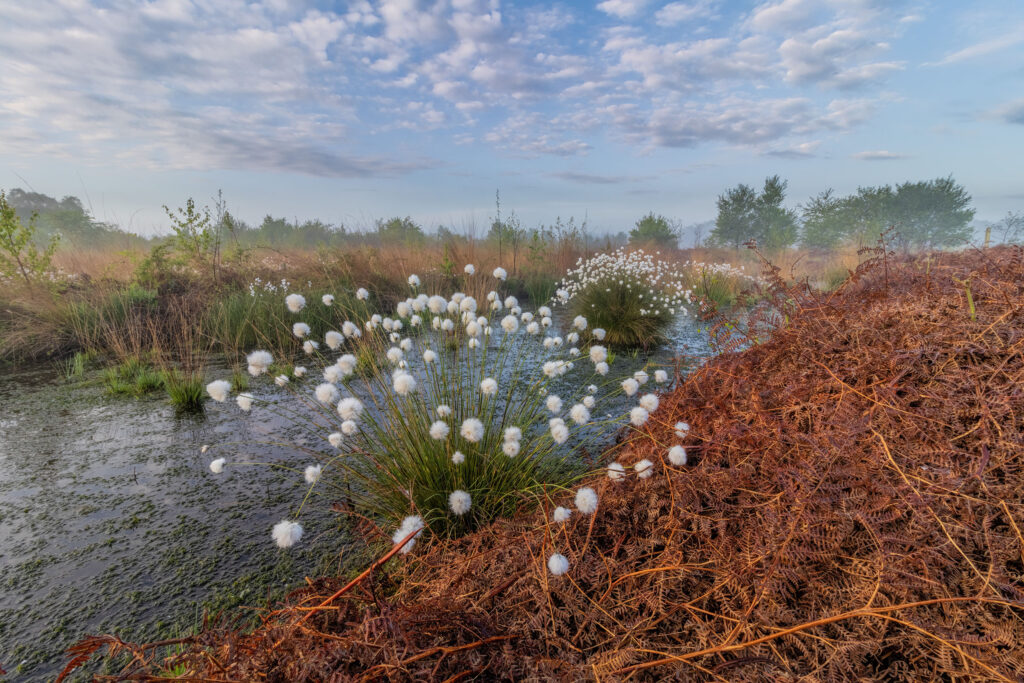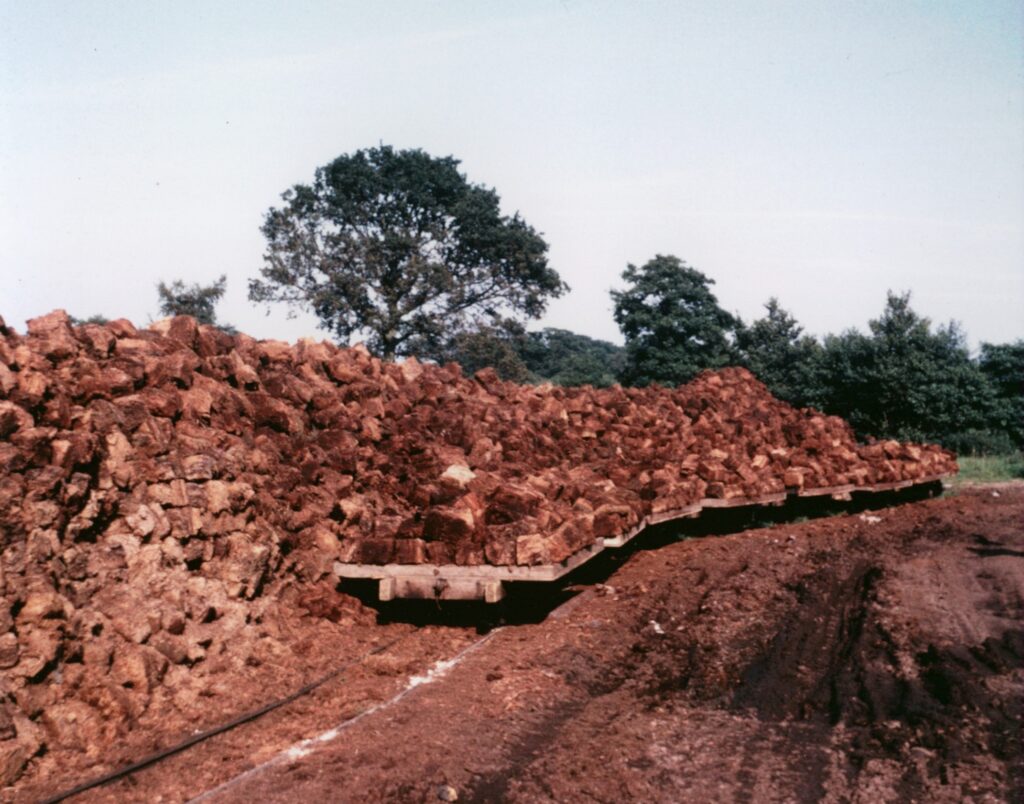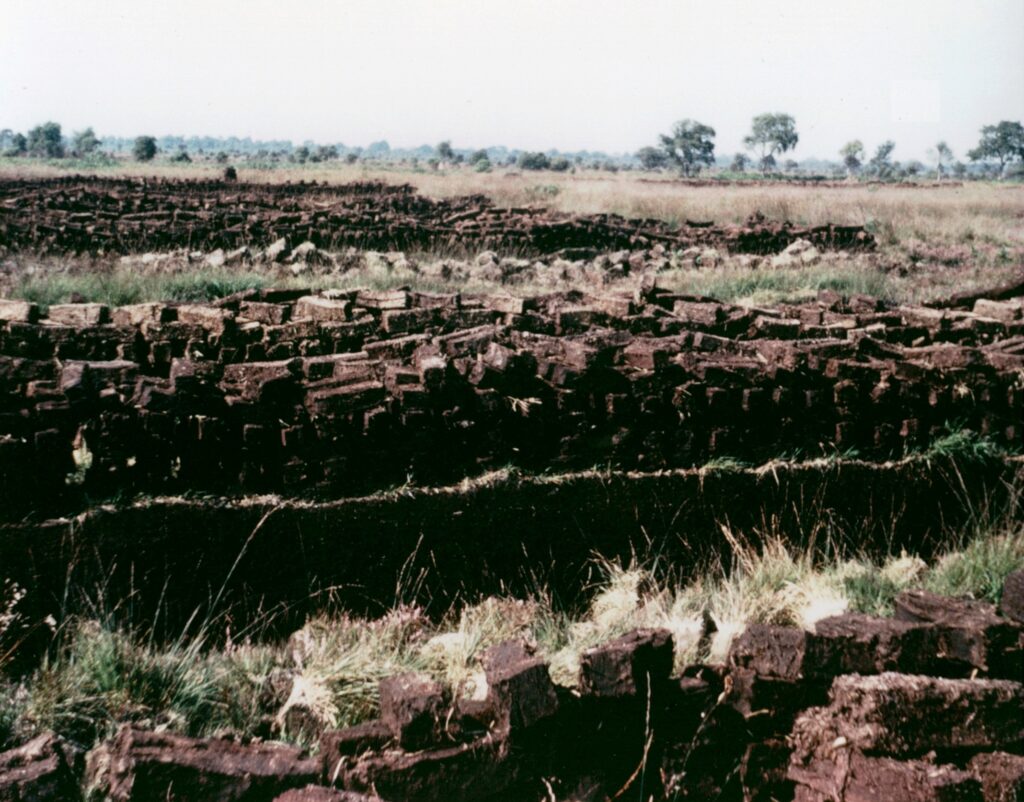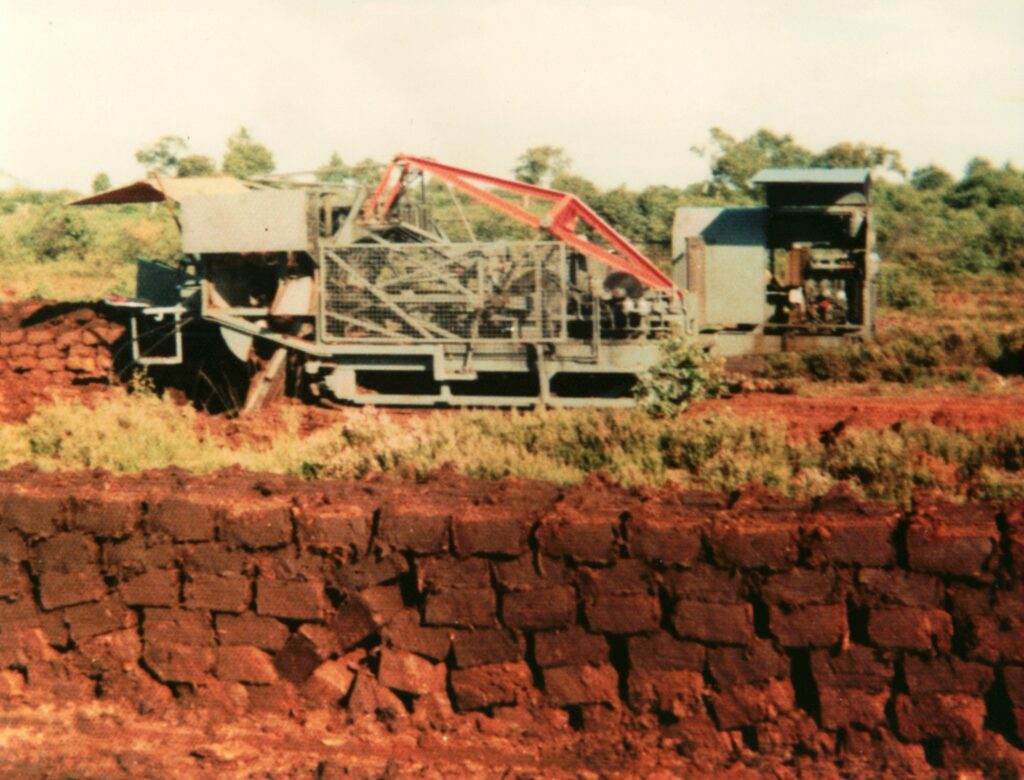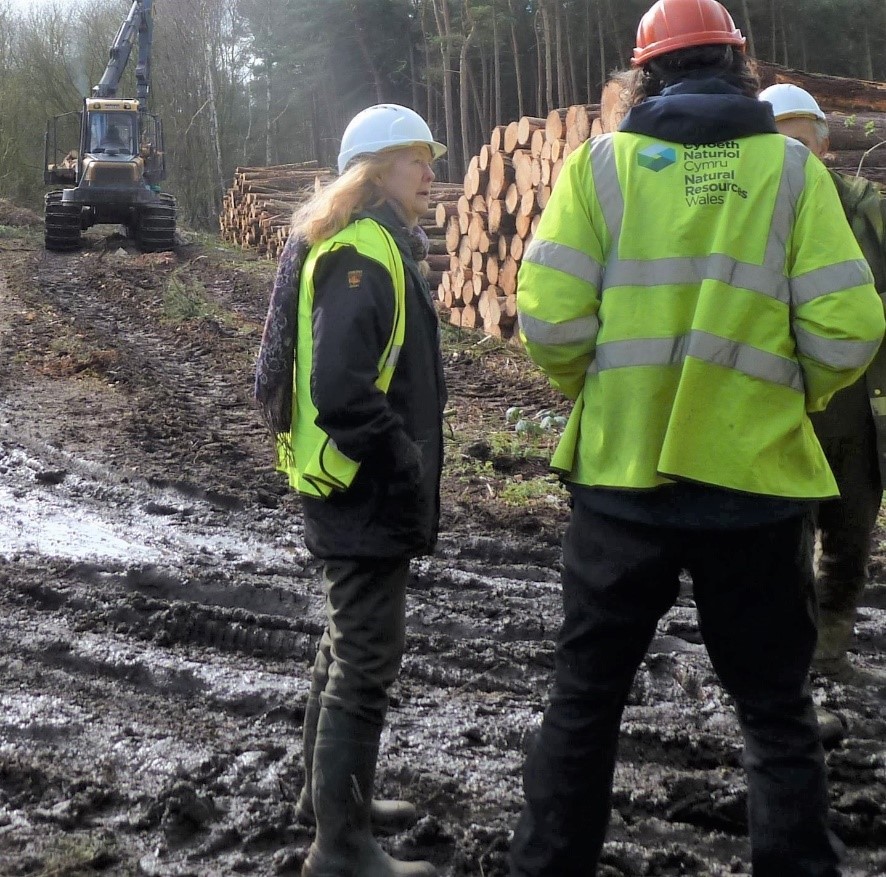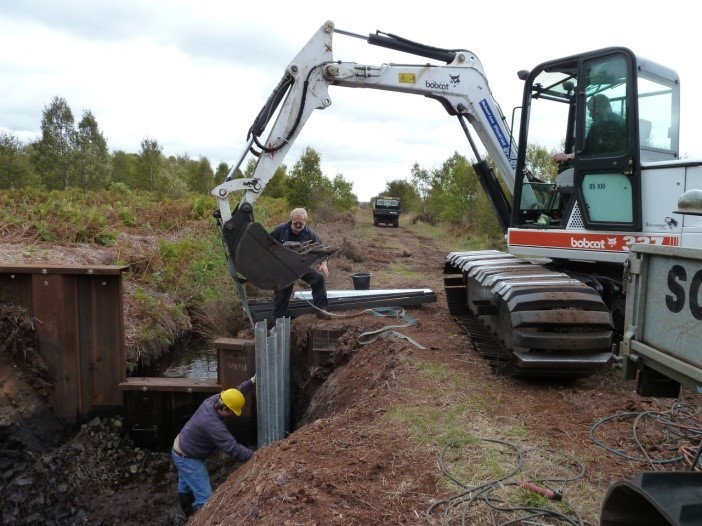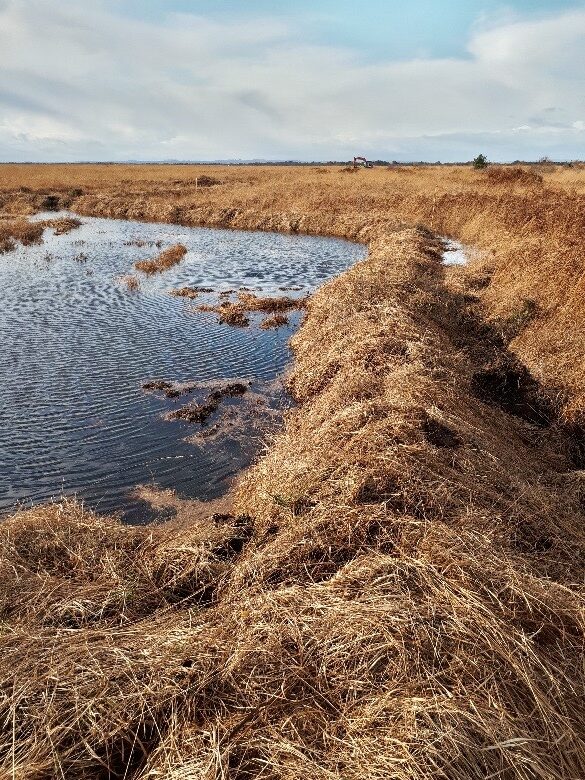COP26 and the Marches Mosses
November 11, 2021
Main photo: The Marches Mosses at Dawn Credit: Stephen Barlow
What internationally-significant Shropshire and Wales project has been tackling climate change 30 years ahead of COP26?

The answer is the Marches Mosses in north Shropshire and northeast Wales. This huge peatland – 2,500 acres in total – is a significant store of carbon. Starting 30 years ago, work began to reverse the destruction of the Mosses and ensure that the carbon that’s captured in them is stored. While it took over 10,000 years to create this raised peat bog, it took less than two hundred years of draining and cutting to nearly destroy this rare habitat.
The restoration team has been painstakingly working to re-wet the peatland. This is important because healthy wet peatlands don’t release much carbon into the atmosphere. Drained, dried out and damaged peatlands account for about 5% of carbon emissions globally, making it one of the worst human-caused (anthropogenic) sources of CO2 emissions (source: IUCN).
COP26 aims to reduce carbon emissions globally in order to secure global net zero while protecting communities and natural habitats. One of the ways to do that is to protect and regenerate peatlands. The UK government’s Net Zero plans include millions of pounds budgeted for peat restoration.
This year the Marches Mosses – made up of Fenn’s, Whixall and Bettisfield Mosses, Cadney Moss and Wem Moss – is celebrating its 30th anniversary as a National Nature Reserve (NNR). Starting in 1991, efforts began to re-wet the peatland and restore healthy bog habitat. The Mosses are estimated to store between two to three million tonnes of carbon – a vast amount and more than the annual carbon emissions of the population of Shropshire.
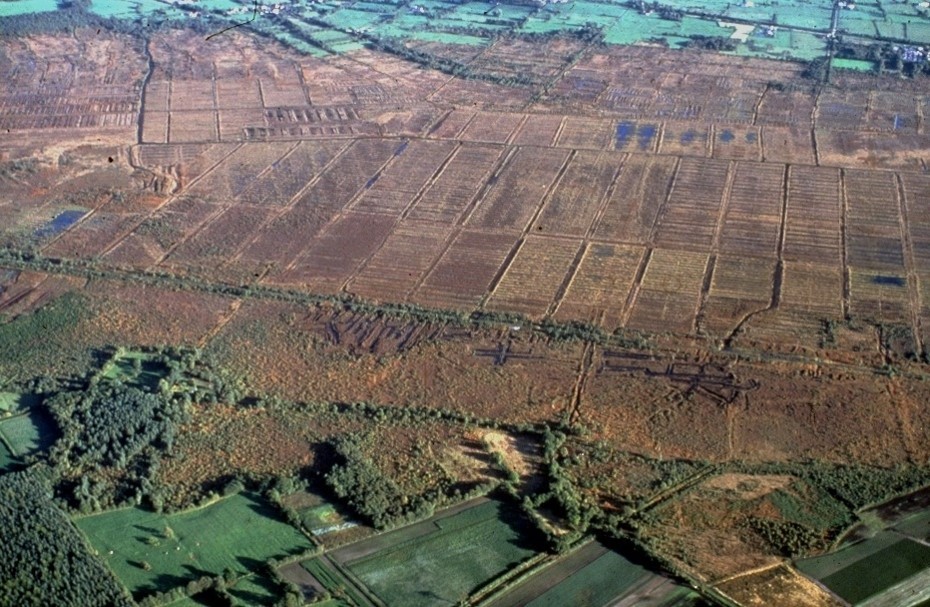
It’s not just the carbon that’s being protected on the Mosses: the ecosystem of the Mosses is being looked after, another goal of COP26. The Mosses are again home to wildlife that depend on the specialised, acidic nature of the peatland to survive – from curlews, lapwing and hobbies overhead to the 1,800 species of butterflies and other invertebrates that live on the bog – and of course the hidden superpowers of Sphagnum moss. Spagnum ensures that new peat is laid down as it grows and dies back to be pickled in the wet environment of the Mosses; this is the process that locks up carbon for many generations to come.
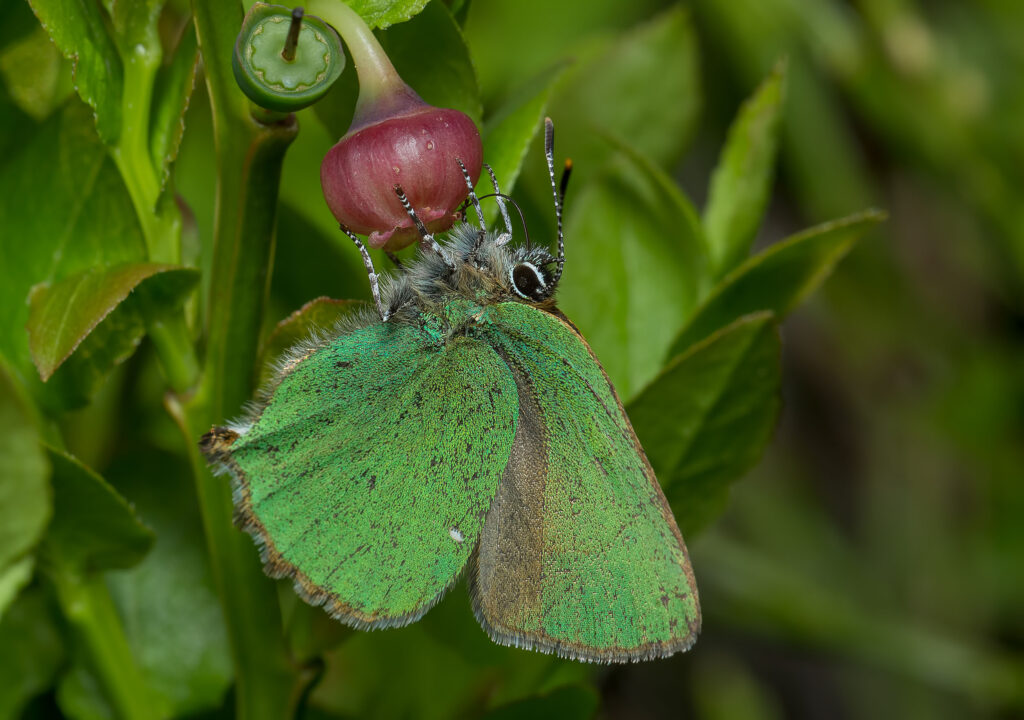
Green hairstreak butterfly 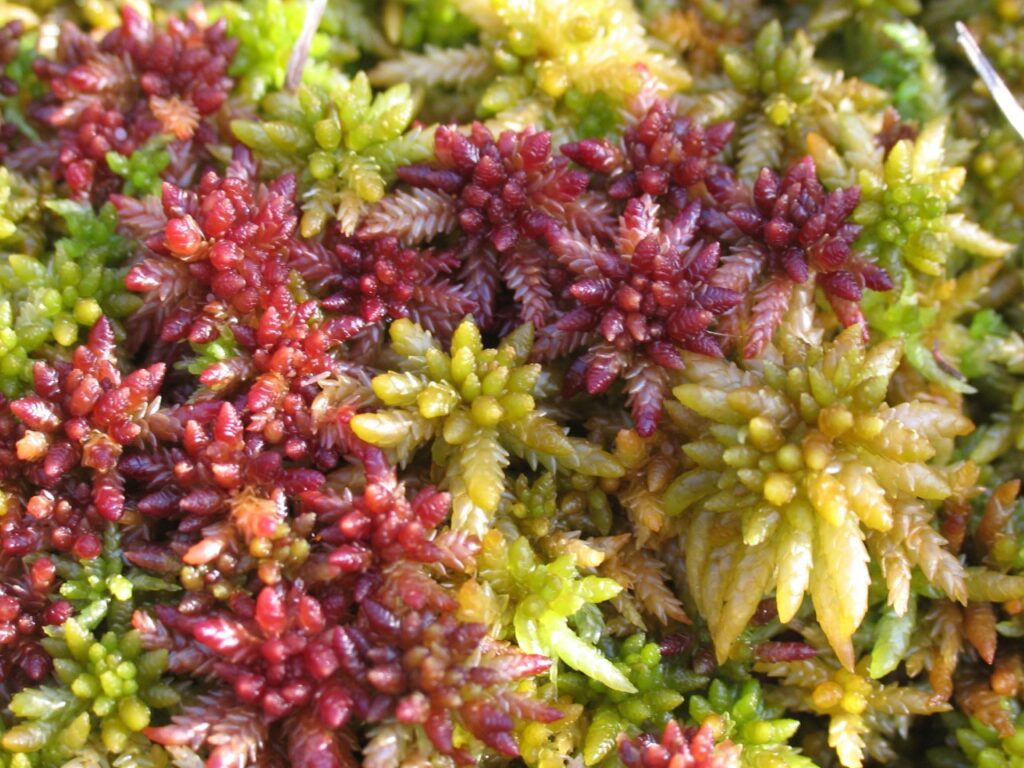
Sphagnum moss Credit: Colin Hayes 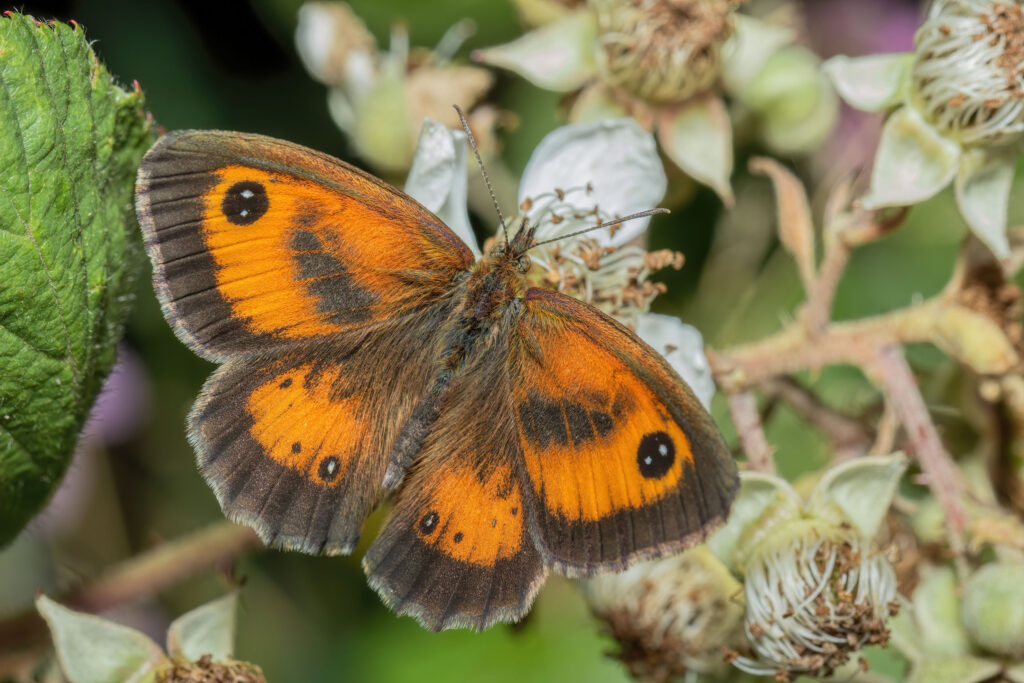
Gatekeeper butterfly
The Mosses are also an important source of people’s wellbeing. They attract thousands of visitors each year, whether for scientific study or a family walk under the wide-open skies above the peatland.
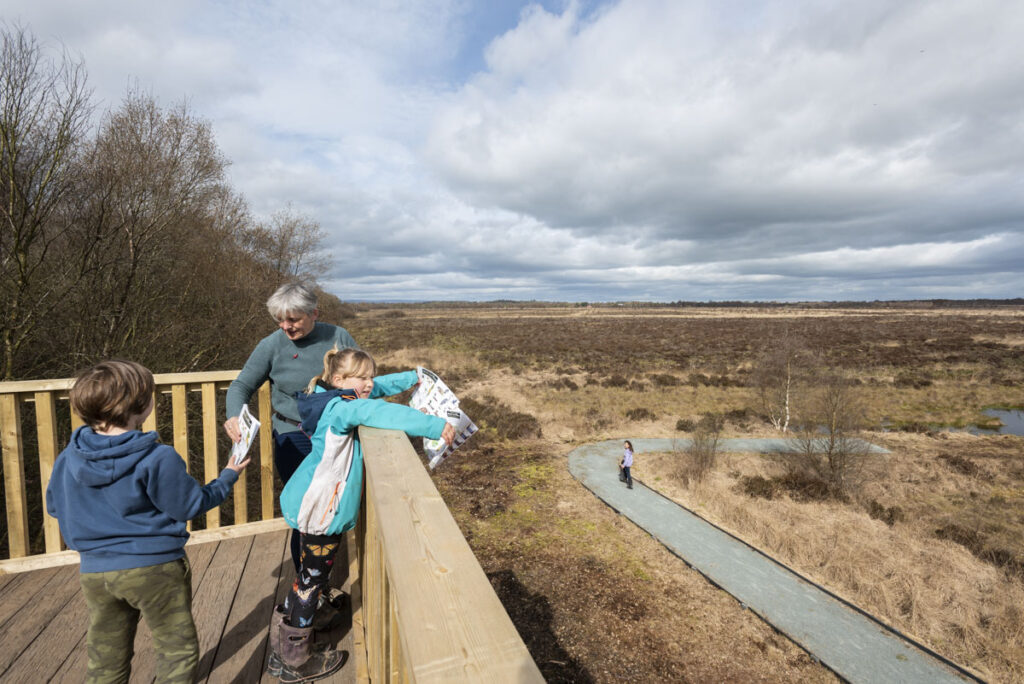
Taken altogether, the Mosses might seem to be only a small corner of Shropshire and north Wales, but they are an internationally important hidden gem that is helping to meet COP26 goals.
